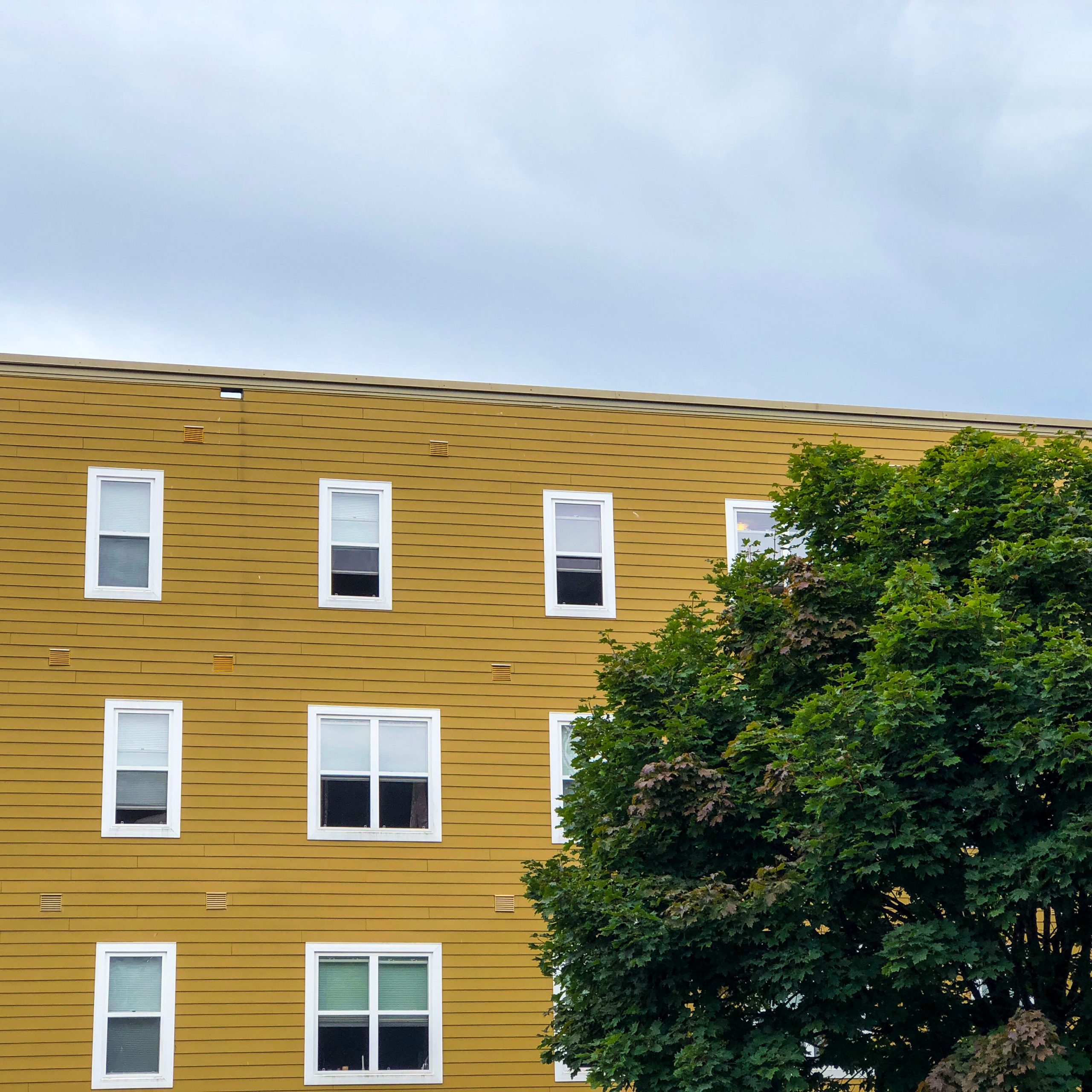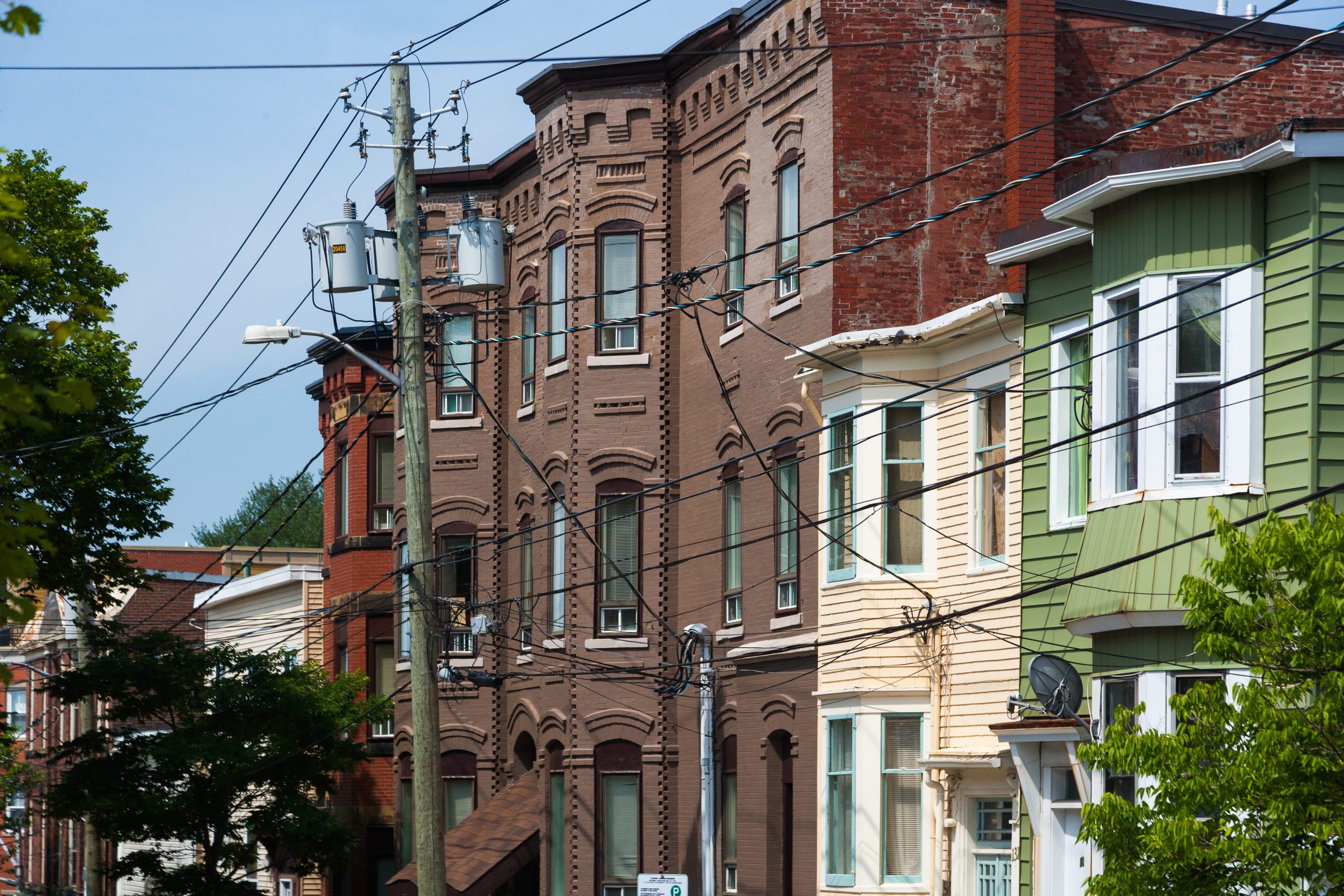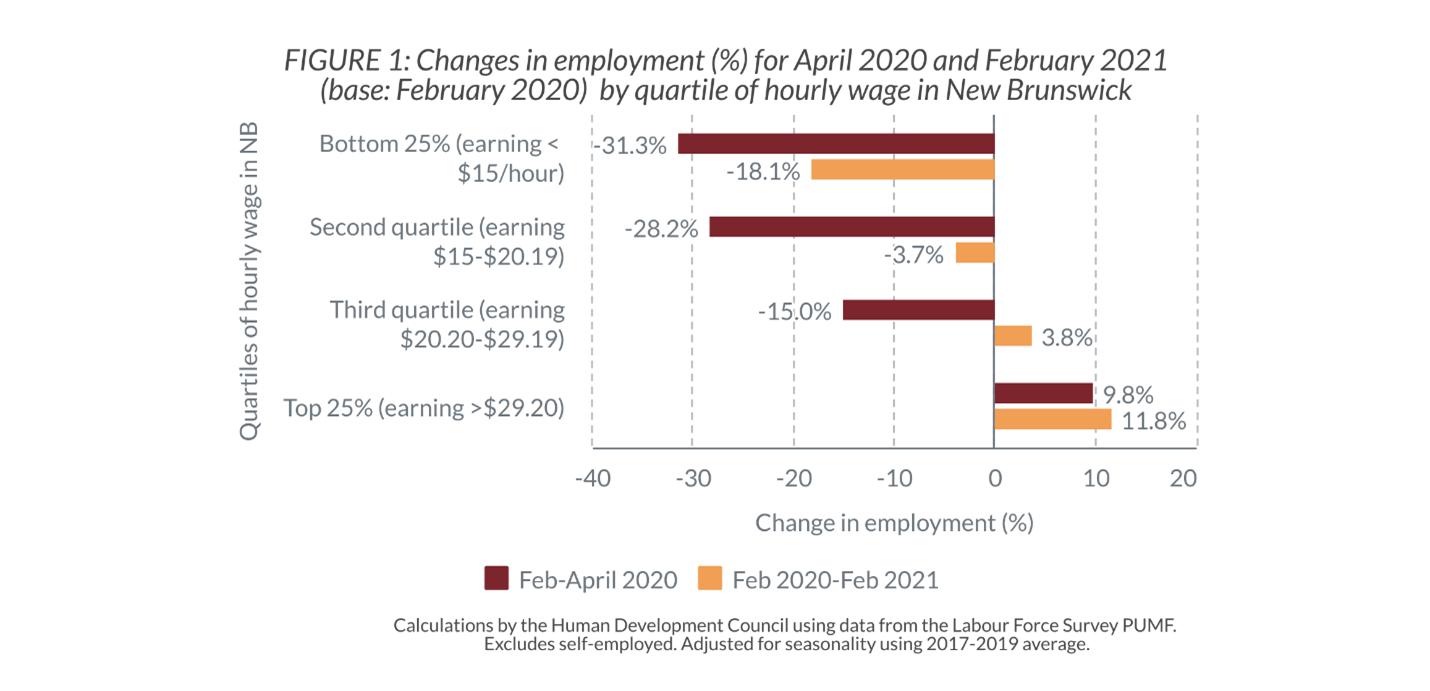A Coordinated Access System is only as strong as the people doing the work on the frontlines to support our community. We’re fortunate in Saint John to have a strong group of dedicated professionals who care deeply about the well-being of our community and the people in it. In this series, we will dive into the stories of the experts on the frontlines to explore what it means to do genuine community work.
Helping People Build Their Voice

Opening your inbox on a dreary winter day to see the subject line, “Feel-Good Story,” does not often happen in this field, but when it does, it sticks with you.
Receiving an email like this from Misty is par for the course – she is as genuine as they come. The Skillslink Coordinator at the John Howard Society spends her days assisting people with barriers to employment to find meaningful work. She is also a fierce advocate.
It all adds up that Misty’s first foray into non-profit, community work would be International Women’s Day 2 years ago. “My favourite thing about this work is helping people build their voice so they can stand up for themselves.”
Misty sees the gaps in the system starkly and does not hesitate to call them out.
The Feel-Good Story? An incredible example of housing first in practice.
Housing First: A Feel-Good Story
Like everyone working in the homeless-serving sector in Saint John, Misty loves a success story. She was happy to share how the housing first model indeed came into play for a young woman she supported.
“Jennifer (name changed for confidentiality) came with a backpack on her back and little else. She had lost her job, her children and her home due to addiction.”
Jennifer was newly sober after attending rehab. Her story of trauma interwoven with addiction was not unlike the stories we hear each day in the homeless-serving sector. Fortunately, she found Misty. Jennifer was added to the By-Names List and was prioritized for an apartment uptown. Once housed, the pieces quickly fell back into place for Jennifer. She began a program through the John Howard Society and obtained employment in the helping field with Misty’s oversight. Jennifer saved up for a car and worked tirelessly to reunite with her children.

At the one-year mark for Jennifer’s sobriety, Misty brought over a giant cookie cake to celebrate. “For me, the coolest thing is how healthy she looks.” Misty described the joy on Jennifer’s face and the palpable sense of pride she exuded. Jennifer had her apartment looking pristine and thoughtfully decorated, including flowers on the table and pictures on the fridge, small signifiers of a home.
“Every single person deserves to have someone to stand up for them.”
Misty is familiar with the experience of homelessness. Growing up in Provincial care in Ontario as a child, Misty became homeless at the age of 15 and aged out of care the following year. Like many young people, she did not qualify for income assistance because she was not in school. Using her creativity and voice, Misty quickly became a strong self-advocate. When she had children, they became her driving factor. She wanted to build her life up to be better for her kids.

Considering her life experiences, both personal and professional, Misty brings a multi-faceted perspective to her work. Her inspiration now? “A community where I can walk by and wave at my neighbours, where we pick each other up instead of living separately.” And she is taking action to get there.
Many of the folks that Misty works with share that they “Want to give back and help others.” Not every story has a happy ending, but Misty is motivated by the idea of serving people when and where she can. By meeting people where they are and helping them along the path to self-empowerment, Misty believes in a community where mutual aid is the reality.
If you have questions about Saint John’s By-Names List or homelessness resources, please email BNLupdates@gmail.com.









